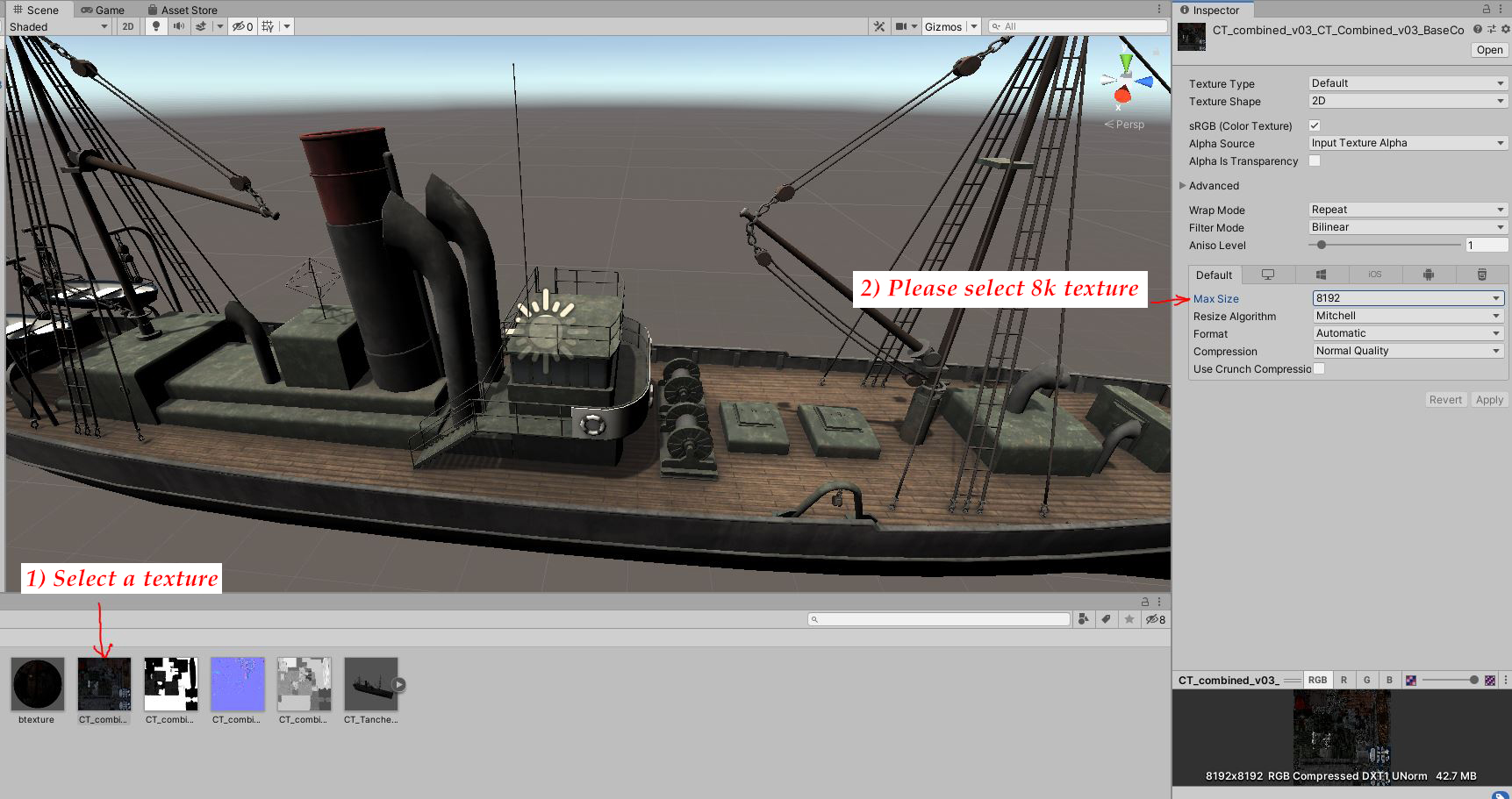VISTA-AR at the Musée Sous-Marin de Lorient: the creative process between technique and knowledge

The Lorient Underwater Museum has joined the VISTAAR adventure as a deployment site. Within this framework, various subjects are the subject of numerical modelling. Thus, Christophe Cérino, Director of the Museum and a fine connoisseur of his subject, is working closely with the Bournemouth University team in order to design the most historically accurate models of a German U-Boat submarine, a trawler converted into a refugee rescue vessel, the Tanche, but also of a German naval officer and submariners.
In the VISTA AR adventure, dealing with heritage sites, we are always confronted with the question of historical sources and references to ensure the veracity of our 3D models. In our work with the Château de Fougères, it is not always possible to have illustrations of what no longer exists. This is the case with the seigneurial dwelling. For its reconstruction, we then have to look for sources elsewhere and work on the basis of similarities with existing buildings and assumptions about the cultural, economic or social context of the period of construction.



When we talk about the Second World War, as with Lorient, the situation is quite different. Belonging to the recent past, the archives have come down to us in the form of photos and sometimes even testimony. This history, which is that of our close ancestors, is known and shared by many. A re-enactment must be infallible when presented to a public that is often quite well-informed. Over the years, the Musée sous-marin de Lorient has compiled a large number of archives of all kinds.




Today, in the VISTA AR project, the partnership between the Museum and Bournemouth University benefits from daily catch-ups, between experts in history on the one hand, and experts in animation on the other. In this way, we aim to arrive at devices that are as faithful as possible to the historical episodes that we wish to bring to life for the museum’s visitors.
